Earth's ozone layer could be damaged by sulfur dioxide
Scientists are currently tracking the movement of a huge column of toxic gas across Northern Europe, which was released as a result of the ongoing volcanic eruption in Iceland. The gas cloud is unlikely to cause any serious health problems. However, it could affect the ozone hole over the Arctic, experts warn.
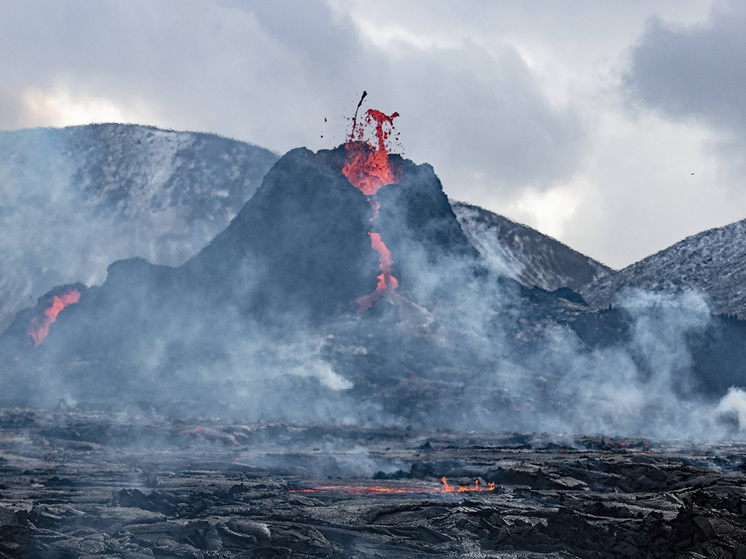
Recall that on March 16, an underground volcano on the Reykjanes Peninsula in Iceland erupted for the fourth time since December 2023, opening the largest fissure in the current eruption cycle and releasing a powerful lava flow that narrowly missed the evacuated town of Grindavik. Initially there were fears that the lava flow could reach the sea and release a column of hydrochloric acid that would be “life-threatening.” anyone who is near the coastline. As Live Science reported, the lava never reached the shore.
But the eruption did release sulfur dioxide — a colorless toxic gas that can be extremely dangerous in high concentrations.
In March, the volcano spewed about 50 kilograms of sulfur dioxide every second, according to a translated statement from the Icelandic Meteorological Office. Workers at the nearby Svartsengi power station were evacuated from the site due to high levels of gas, Icelandic news site RÚV reported, and local residents were advised to temporarily stay indoors, Iceland's Civil Protection said.
Sulfur dioxide emissions have dropped significantly, but new data from the Copernicus Atmosphere Monitoring Service (CAMS) — part of the European Union's Copernicus program, which tracks weather and climate changes using satellite data, — show that the initial release of gas created a 5-kilometre-high column that has since spread towards other northern European countries.
The gas plume has already passed over the UK and is now approaching Scandinavia, where it will begin to dissipate. before moving to Russia.
CAMS will continue to monitor the plume, «although it does not expect it to have any impact on surface air quality or climate.» However, it's worth continuing to do so because the gas can react with atmospheric ozone molecules, depleting the amount of this protective substance in the ozone layer, which protects the Earth's surface from the sun's harmful ultraviolet rays.
In October 2023, scientists explained almost record-large ozone hole over Antarctica due to the 2022 eruption of an undersea volcano in Tonga, which released large amounts of water vapor into the atmosphere, possibly reducing ozone levels.
Experts predict that recent eruptions in Iceland may become the beginning of a new centuries-long period of activity in the region. As a result, the amount of sulfur dioxide entering the Arctic could also increase over the next few years, which could lead to larger ozone holes in the northern part of the planet in the future.
«The impact of volcanic eruptions in Iceland on the atmosphere is still was not so serious, but it is important to continue to monitor the development of the situation,” — said CAMS Director Lawrence Ruil.









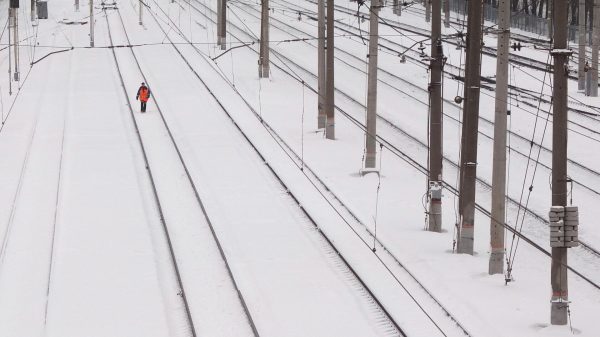
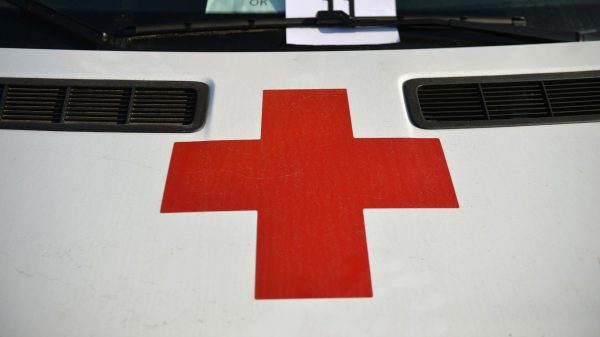







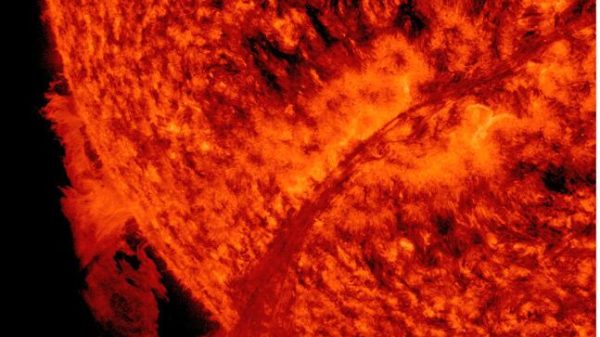










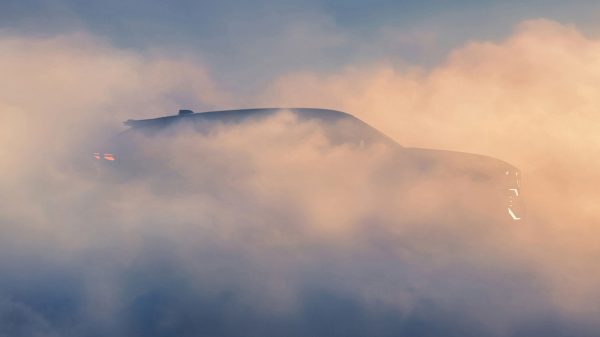



























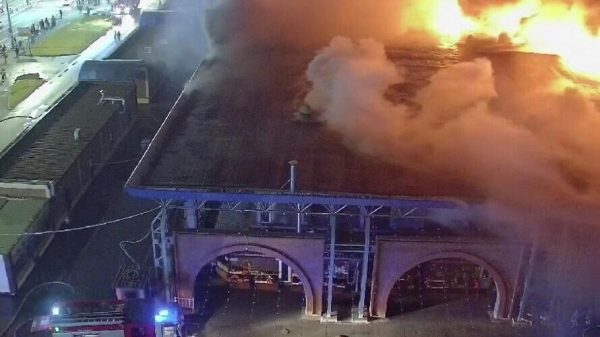
Свежие комментарии